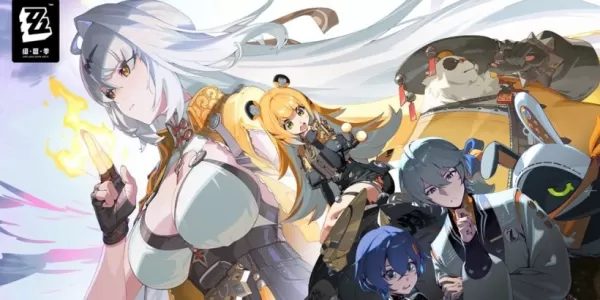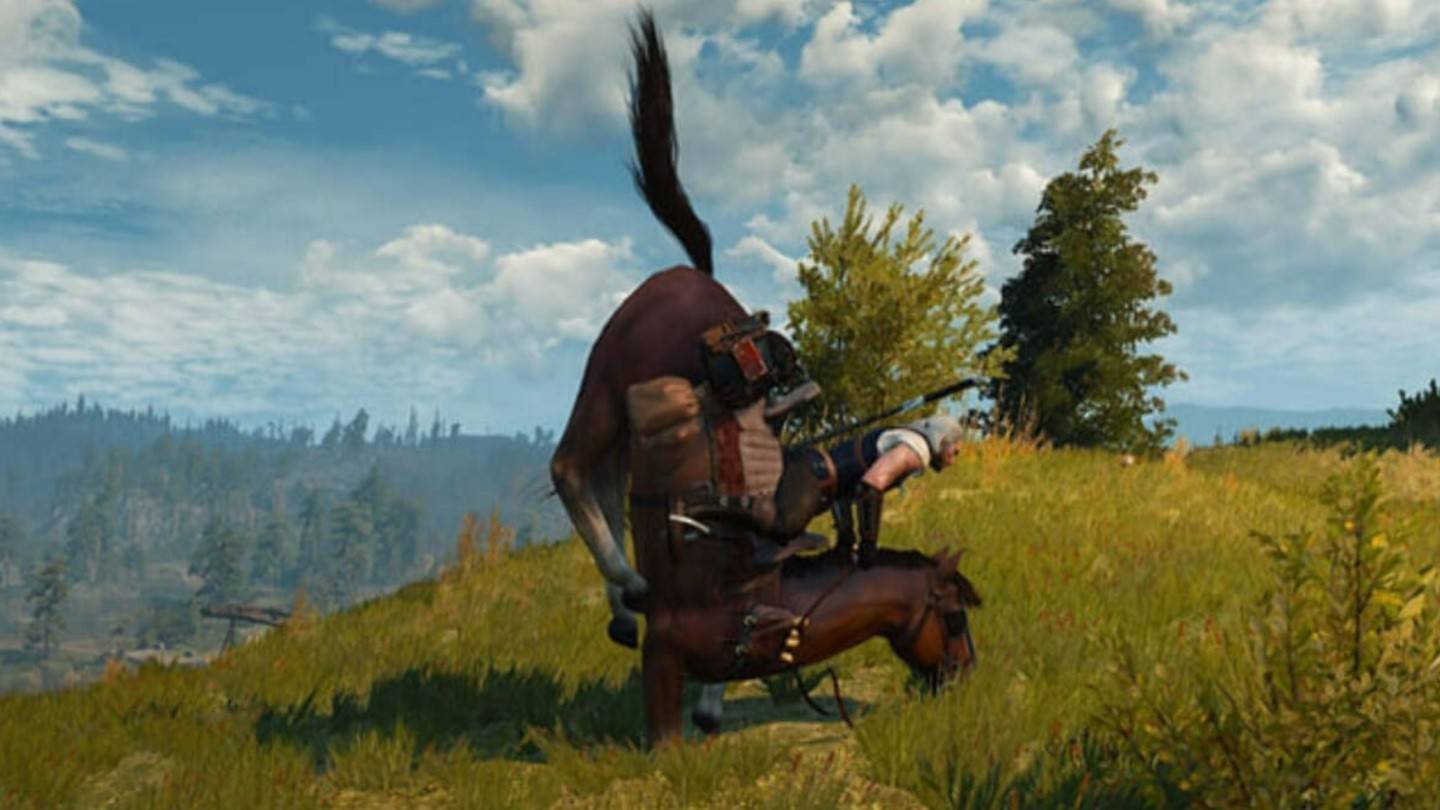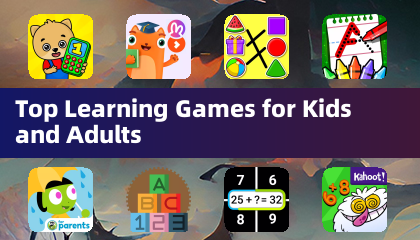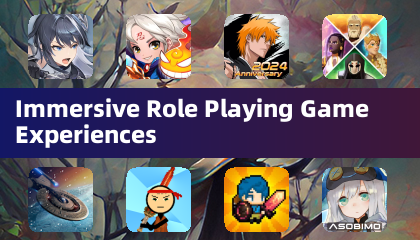Monster Hunter: A Global Gaming Phenomenon
In the leadup to its global launch, Monster Hunter Wilds shattered pre-order records on both Steam and PlayStation, effortlessly following in the footsteps of its predecessors, 2022’s Monster Hunter Rise and 2018’s Monster Hunter: World. These sales figures underscore the position of Capcom's unique and esoteric RPG series as one of the world's biggest video game franchises.
However, this global success was not always a given. A decade ago, the notion of a Monster Hunter game achieving such widespread acclaim would have been unthinkable. Even further back, when the original Monster Hunter debuted in 2004, it received mixed reviews. It wasn't until the series transitioned to the PSP with Monster Hunter Freedom Unite in 2005 that it truly took off, but primarily in Japan.
For years, Monster Hunter epitomized the "bigger in Japan" phenomenon in gaming. This was largely due to Japan's robust wireless internet infrastructure, which facilitated multiplayer gaming on handheld devices. Capcom, recognizing this, initially catered to the Japanese market, releasing Japan-only content and hosting exclusive events, inadvertently reinforcing the series' domestic image.
Despite this, Monster Hunter had a dedicated fanbase in the West, who keenly watched from afar as Japanese players enjoyed exclusive content. As global internet infrastructure improved and online play became standard, Capcom saw an opportunity to broaden the series' appeal. This led to the 2018 release of Monster Hunter: World on PlayStation 4, Xbox One, and PC, marking a significant shift. This game was designed from the ground up for a global audience, featuring enhanced graphics, expansive environments, and larger monsters, all while maintaining simultaneous worldwide releases without region-specific exclusives.
Monster Hunter: World's development involved extensive global playtesting, which led to crucial adjustments like displaying damage numbers upon hitting monsters. These changes, alongside maintaining the series' core mechanics, propelled Monster Hunter: World and its 2022 successor, Monster Hunter Rise, to sell over 20 million copies each, a stark contrast to the previous games' sales of 1.3 to 5 million.
Capcom's approach with Monster Hunter Wilds continues this trend, focusing on refining the gameplay experience for new players while preserving the series' essence. Within 35 minutes of its release, Monster Hunter Wilds achieved 738,000 concurrent players on Steam, more than doubling Monster Hunter: World's peak. With glowing reviews and promises of further content, Monster Hunter Wilds is poised to continue the series' global domination.
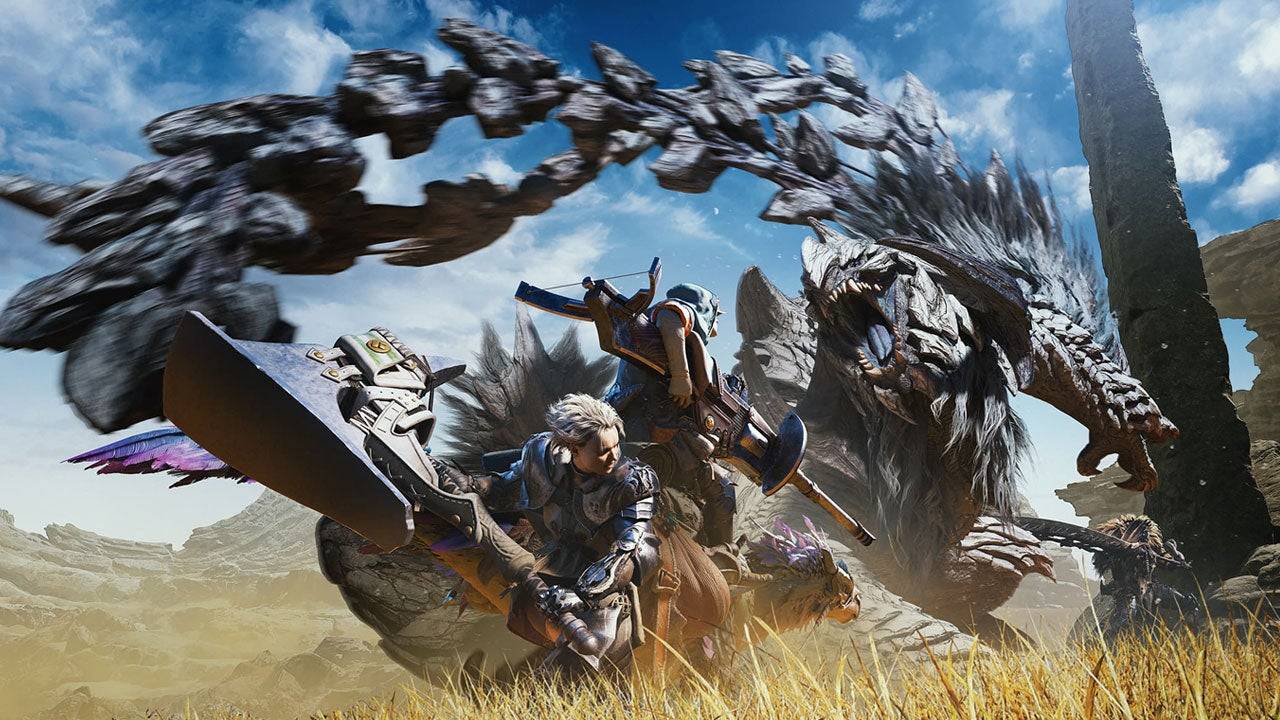 Monster Hunter Wilds is already proving to be immensely popular. | Image credit: Capcom
Monster Hunter Wilds is already proving to be immensely popular. | Image credit: Capcom
Around the time of Street Fighter 5’s launch in 2016, Capcom underwent a significant internal reorganization to prepare for a new generation of games on their new RE Engine. This shift was not just about technology; it included a mandate to create games that appealed to a global audience, not just specific regional fans.
Hideaki Itsuno, a former Capcom game director known for Devil May Cry, noted, "The change of the engine and also all teams were given a very clear goal at that point to make games that reach the global market. [Games] that are fun for everyone."
During the PS3 and Xbox 360 era, Capcom's attempts to capture the Western market with titles like Resident Evil 4, Umbrella Corps, and Lost Planet were met with mixed results. This experience reinforced the need to create games appealing to a universal audience.
Ryozo Tsujimoto, the executive producer of the Monster Hunter series, highlighted the importance of Japan's advanced internet infrastructure in the early success of Monster Hunter on handheld devices. "20 years ago, Japan was in a very, very solid state in terms of the network environments available to people, and being able to connect and to play online together," Tsujimoto explained.
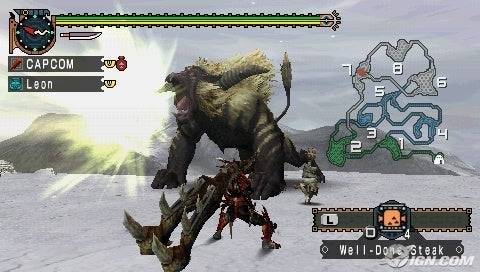 Monster Hunter Freedom Unite saw the series arrive on PSP, a pivotal moment for Japanese gamers. | Image credit: Capcom
Monster Hunter Freedom Unite saw the series arrive on PSP, a pivotal moment for Japanese gamers. | Image credit: Capcom
The shift to a global focus with Monster Hunter: World was marked by its name and design philosophy. "The fact that we called it Monster Hunter: World is really kind of a nod to the fact that we wanted to appeal to this worldwide audience that we wanted to really dig into and experience Monster Hunter for the first time," Tsujimoto revealed.
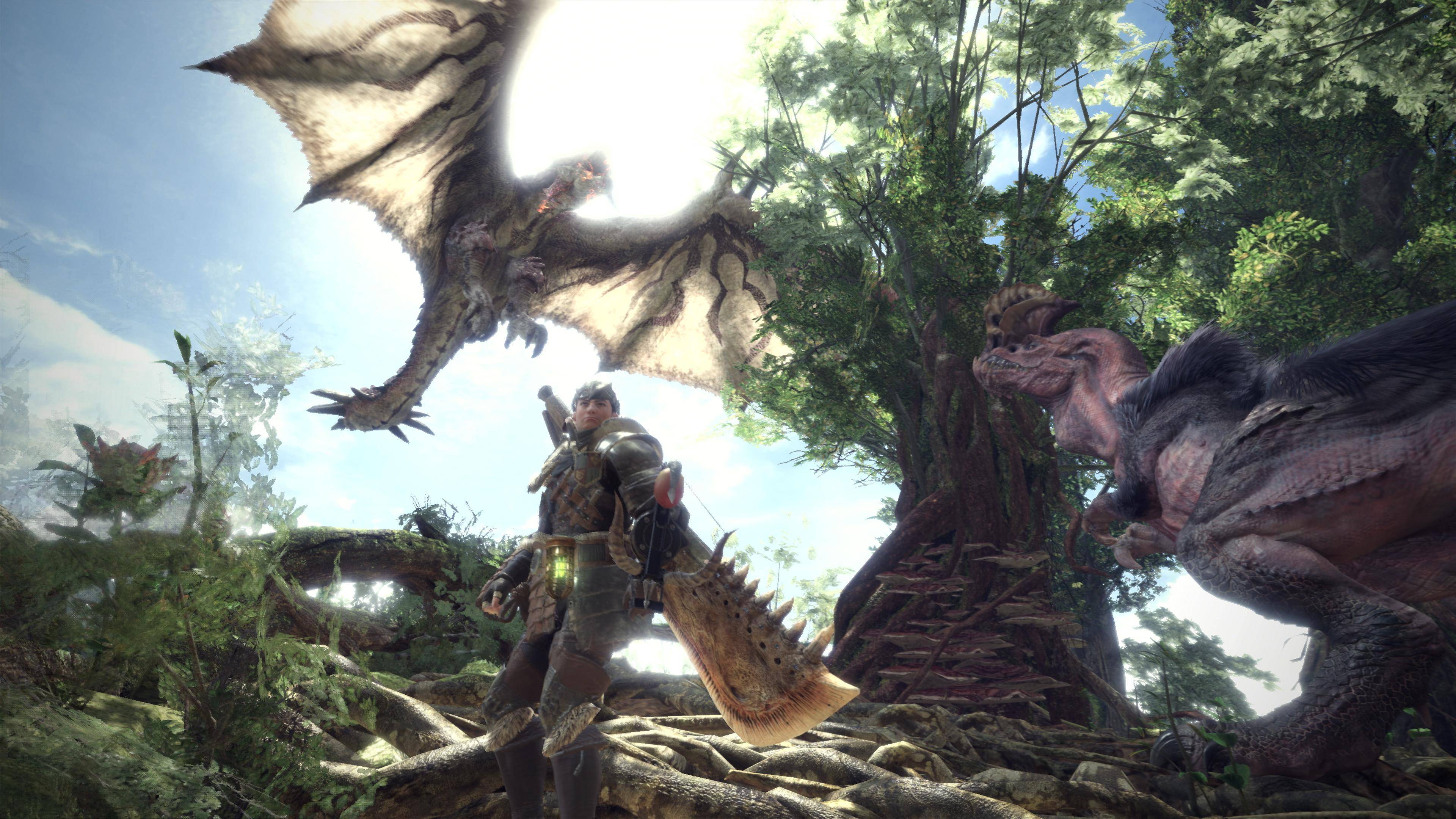 Monster Hunter: World was a turning point for the series, turning it into a true global phenomenon. | Image credit: Capcom
Monster Hunter: World was a turning point for the series, turning it into a true global phenomenon. | Image credit: Capcom
Monster Hunter: World's global success was built on not just simultaneous worldwide releases but also extensive user feedback and playtesting. "We did focus tests and user tests across the world, and some of the impact of those — the feedback and the opinions that we got during that really affected how we designed our game systems and really affected how much success we had as a global title for that game," Tsujimoto said.
With Monster Hunter Wilds, Capcom continues to refine the series for new players while preserving its core. "At its heart, Monster Hunter really is an action game, and that sense of accomplishment you get from really mastering that action is an important aspect of Monster Hunter," Tsujimoto explained. "But for newer players, it's really getting to that point. The steps involved in getting to that sense of accomplishment is really what we're trying to strategize for, in terms of designing for new players."
Monster Hunter Wilds' rapid success on Steam, with over 738,000 concurrent players within 35 minutes of launch, suggests it may quickly surpass the achievements of World and Rise. With positive reviews and the promise of more content, Monster Hunter Wilds is set to continue the series' mission to captivate gamers worldwide.









